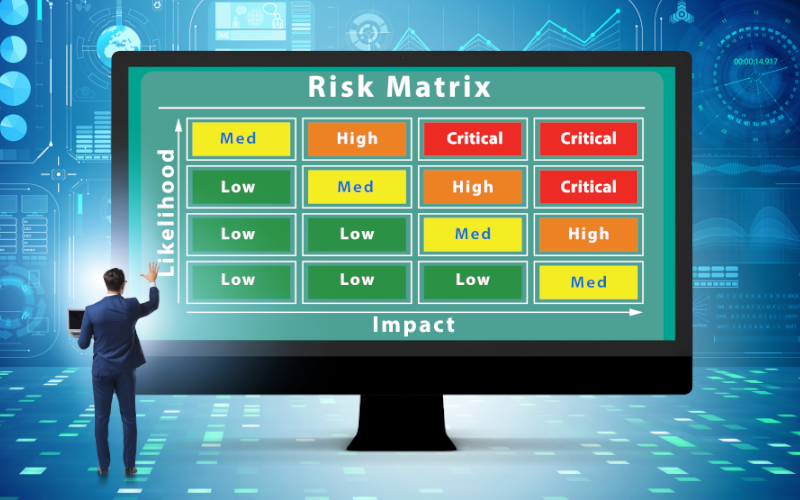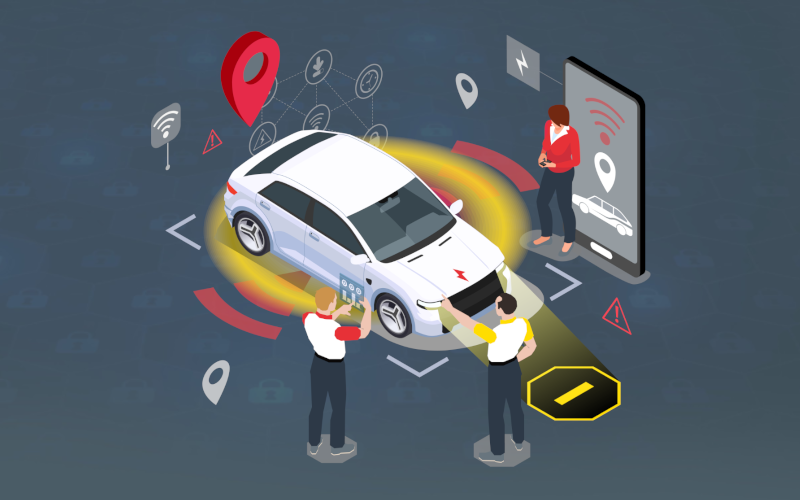ICS risk analysis
Updated on 12/09/2024, by
INCIBE (INCIBE)

In the era of interconnection and digitization, industrial control systems (ICS) are increasingly exposed to cyber threats. These systems are vital for energy production, manufacturing and critical infrastructure management, and their protection has become an essential priority.Risk analysis is fundamental in this context, as it allows identifying, assessing and prioritizing the risks that can affect ICS. This process, ranges from technical vulnerabilities to emerging threats, and is crucial for developing effective mitigation and protection strategies.In this article, the challenges and solutions related to risk analysis in ICS will be explored, as well as the importance of the IEC 62443-3-2 standard in this critical process.
Etiquetas














